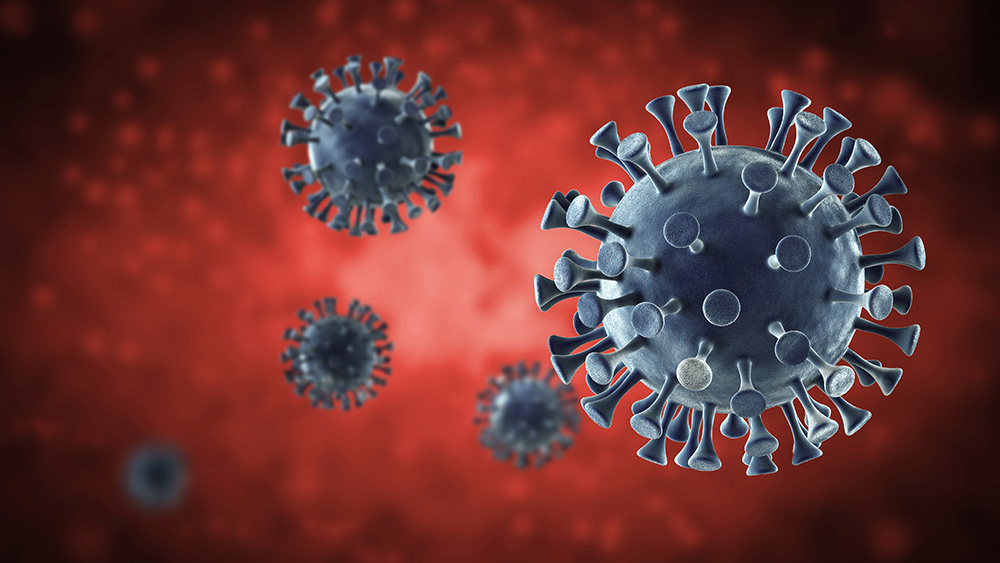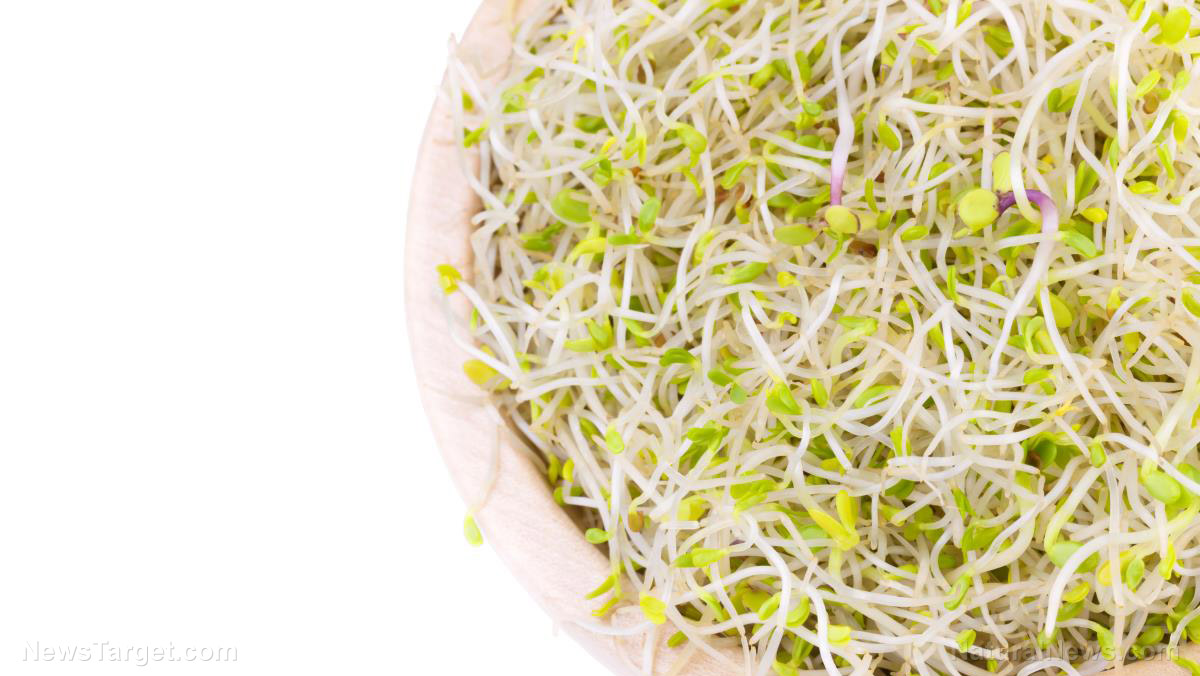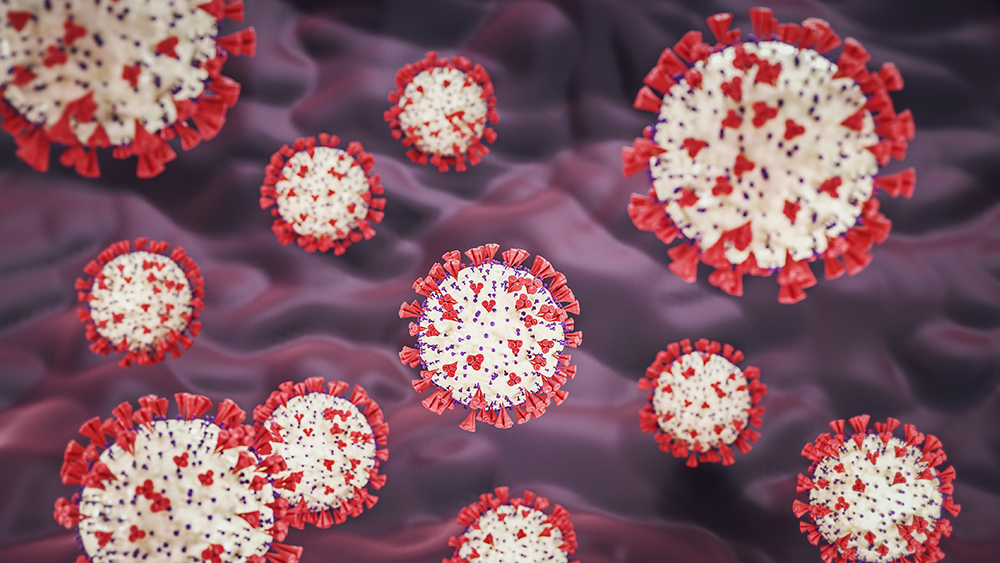Scientists regard sorghum as a potential therapeutic agent against atherosclerosis
04/08/2020 / By Evangelyn Rodriguez

Sorghum bicolor, commonly known as great millet, is a cereal grain that belongs to the grass family, Poaceae. It is considered a major food crop in Africa, where it likely originated, and is now cultivated in tropical and subtropical regions. It is highly valued in hot and arid regions because it is resistant to heat and drought.
As a food, great millet offers plenty of nutrients and is an excellent substitute for wheat because it is gluten-free. And because it is rich in fiber and antioxidants, many health benefits are associated with its consumption.
In a recent study, researchers from South Korea examined the anti-atherosclerotic effect of fermented great millet. Previous studies have found that great millet has antioxidant and anti-inflammatory properties that can help prevent diseases. The researchers discussed their findings in an article published in the Journal of Natural Medicines.
Fermented great millet promotes heart and blood vessel health
Atherosclerosis, a disease marked by the buildup of plaques in the arteries, is a major cause of coronary heart disease (CHD). In CHD, atherosclerotic lesions make the walls of the blood vessels thicker. This event, in turn, inhibits blood circulation.
Atherosclerosis is caused by a high-fat diet and vascular injury. Chronic arterial inflammation also plays an important role in the pathogenesis of atherosclerosis. The secretion of tumor necrosis factor-a (TNF-a) induces the expression of endothelial adhesion molecules, such as P-selectin, vascular cell adhesion molecule 1 (VCAM-1) and intercellular adhesion molecule 1 (ICAM-1). These proteins mediate the attachment of circulating monocytes and lymphocytes, which contribute to the formation of arterial plaques.
For their study, the researchers obtained a 50 percent ethanol extract from S. bicolor fermented with Aspergillus oryzae NK. They reported that the extract significantly decreased the expression of VCAM-1, ICAM-1 and the pro-inflammatory factor cyclooxygenase-2 in vitro.
Meanwhile, the S. bicolor extract significantly increased the expression of the anti-atherogenic factor heme oxygenase-1. In vivo examination of fat droplets from liver tissue, histological analysis of aortic thickness and blood lipid profile measurements also revealed that the sorghum extract significantly improved blood and vascular health at a dose of 200 mg/kg.
Based on these results, the researchers concluded that fermented sorghum has great potential as a therapeutic anti-atherosclerotic agent.
The health benefits of great millet
Great millet is a healthy seeded-grain that’s packed with nutrients. A one-cup serving (174 grams) of great millet provides 2.2 g of fiber, 41 g of carbohydrates and 6 g of protein. In addition, the same serving offers 25 percent of the daily value (DV) for phosphorus, 19 percent of the DV for magnesium, eight percent of the DV for folate and six percent of the DV for iron.
Great millet also contains plenty of essential amino acids, which serve as the building blocks of protein inside the body. As an added benefit, great millet can provide calcium, an important mineral for bone health, blood vessel and muscle contractions and optimal nerve function.
Here are the health benefits linked to the consumption of millet:
- It is a rich source of antioxidants.
- It helps regulate blood sugar levels due to its fiber content.
- It helps lower blood cholesterol and triglyceride levels.
- It is a great gluten-free substitute to grains like wheat, barley and rye.
- It helps with diabetes management.
- It can increase good HDL cholesterol levels.
- It helps reduce inflammation.
Great millet is a nutritious whole grain food that promotes heart health. However, it also contains phytic acid, a known anti-nutrient. On the other hand, you can reduce millet’s phytic acid content by soaking it in water overnight and rinsing it again before cooking. Eating a balanced diet can also negate the negative effects of anti-nutrients.
Sources include:
Tagged Under: alternative medicine, anti-inflammatory, atherosclerosis, cardiovascular health, coronary heart disease, food cures, food is medicine, food science, functional food, grains, great millet, natural cures, natural medicine, nutrients, prevention, research, seeds, sorghum



















